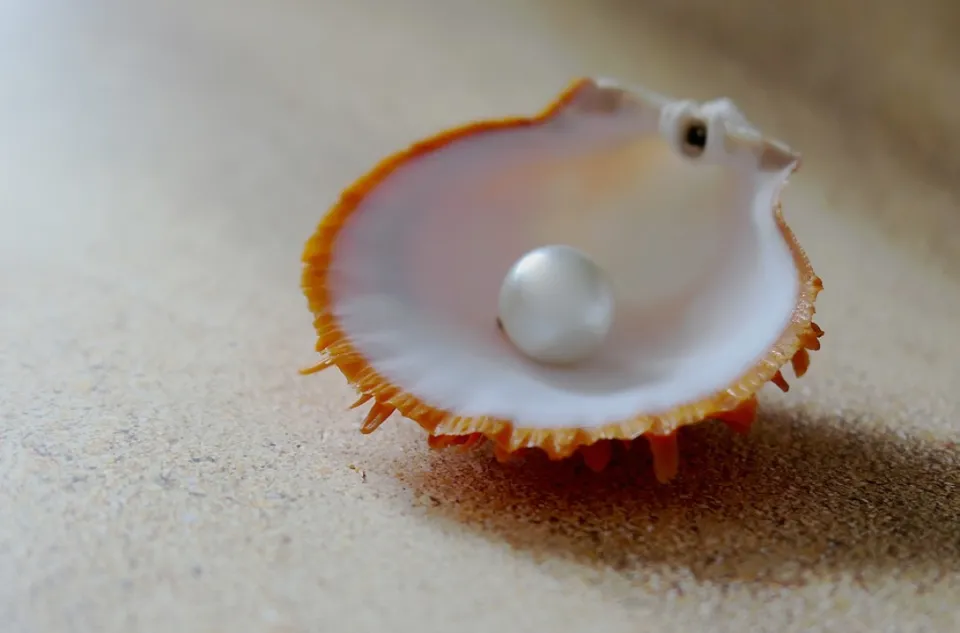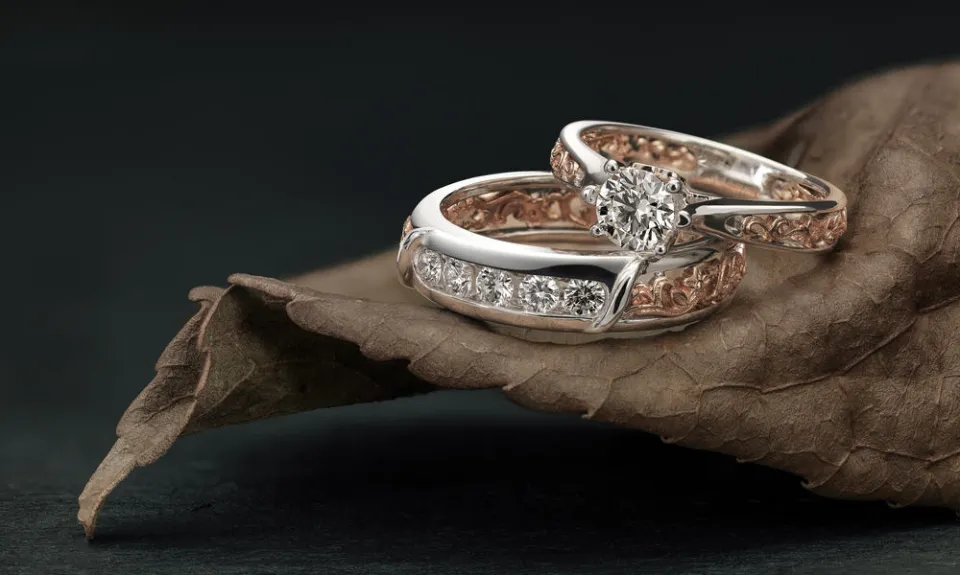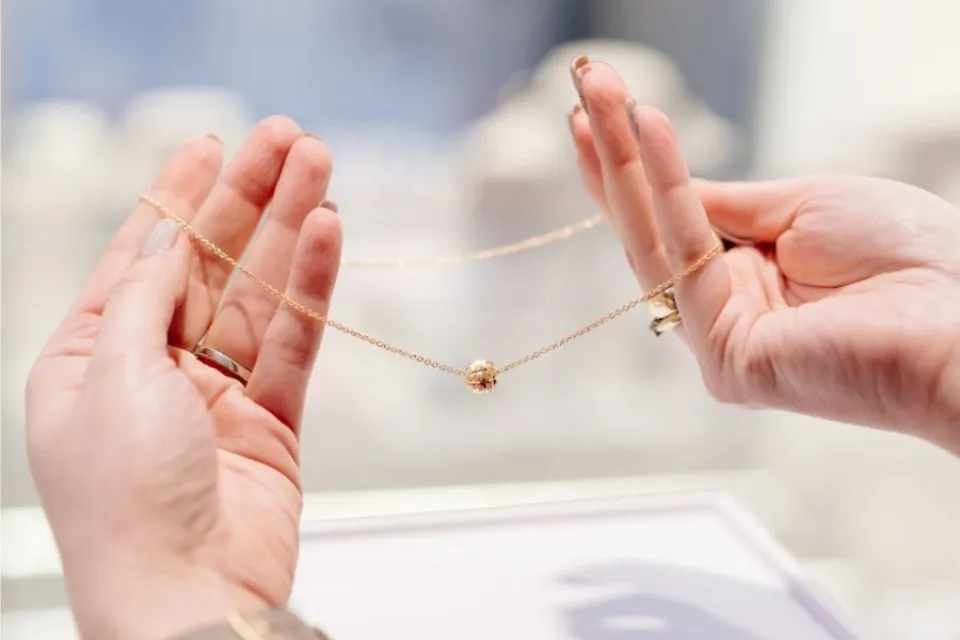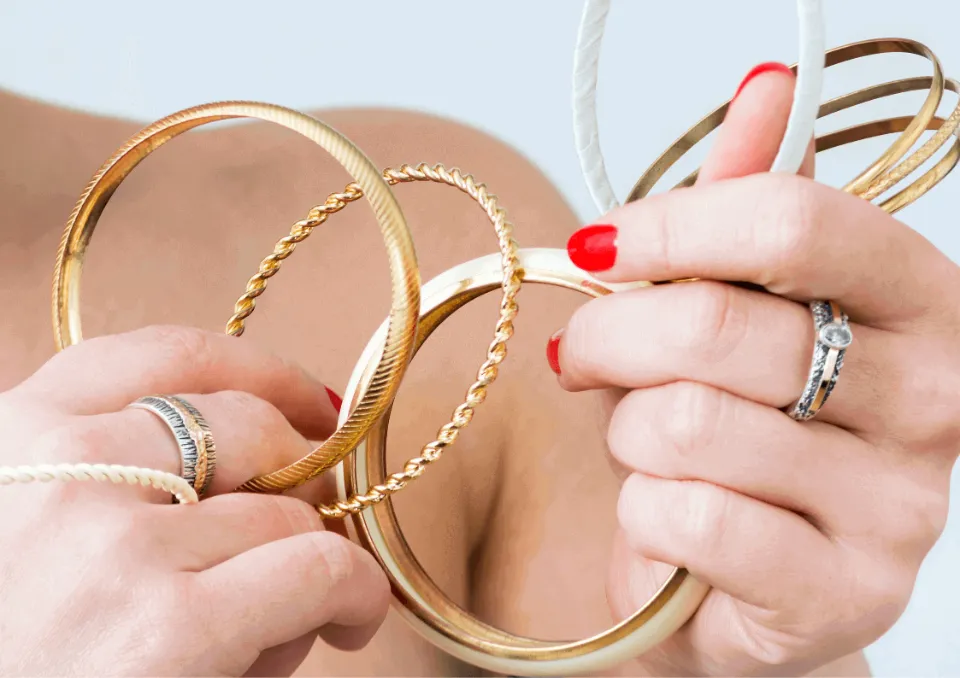Pearls are priceless and exquisitely crafted. However, false ones have been manufactured by machines ever since these rare gems were discovered in antiquity. So how to tell if pearls are real?
A few simple tests can help you determine whether your pearl item is a fake or the “real deal” in a matter of minutes.
You won’t have to worry about spotting fakes again if you learn how to feel and look for the telltale features of a real pearl.
What Are Real Pearls?
A real pearl is produced by pearl-bearing oysters either in fresh or salt water. This organic gem can be either natural or cultured, depending on whether human assistance is required.
It’s important to remember that practically all pearls sold nowadays are cultured. Unmanipulated natural pearls are exceedingly rare and unprofitable to sell. As a result, museums are typically the only places to find them.
So the next time you hear someone mention the word “natural pearls” in a store, you know what they really mean is that these are real and not fake.
Related Reading: Are Pearl Necklaces in Style?
How to Tell If Pearls Are Real?
Let’s review some of the simple techniques that can assist you in figuring out whether or not your pearls are genuine.
Examining the Beads
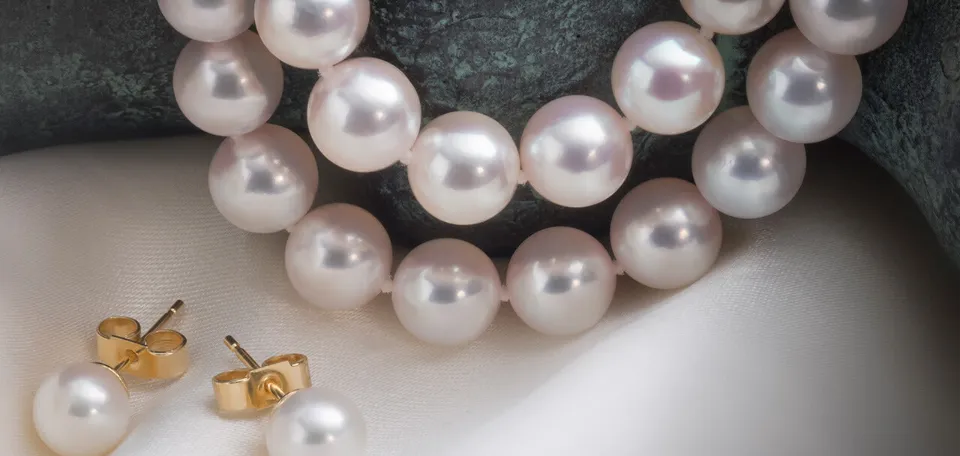
There are various methods to determine if your pearl necklace is genuine if you’re wondering. Take a close look at the beads first.
The surface and texture of real pearls are both smooth. They ought to be nearly flawless as well. Risers, lumps, or other irregularities outside the bead can be seen in imitation pearls.
And lightly press two pearls together in your palm. Most likely, they are fake if they feel rough against one another.
Finally, examine each bead individually under a magnifying glass to check for surface imitations or irregularities. It’s likely that your pearl necklace is fake if you observe these symptoms.
Checking for Luster
When assessing the authenticity of a pearl necklace, one of the most important aspects to consider is lustre. The smooth, highly reflective surface of a genuine pearl necklace will catch the light beautifully.
Examine the necklace from different perspectives and hold it in natural light to see if it has any shine. It ought to have a mirror-like reflection and seem almost glowing. Probably not real if the pearls are dull or hazy.
Furthermore, it may be a sign that the pearls are fake if there is any noticeable chipping or discoloration on their surfaces.
Looking for Irregularities
Authenticating a pearl necklace requires close examination. Start by searching for any abnormalities, such as discoloration, gaps, or bumps.
Any irregularities in the texture or surface suggest that the necklace might not be genuine pearls.
Review each pearl’s luster for additional confirmation. Artificial pearls look extremely glossy, while real pearls have a subtle sheen that is visible even from a distance.
Because they are smooth and have no sharp edges, genuine pearls should also feel heavy in the hand. The likelihood is that it is not authentic if you notice any jagged edges or roughness.
Lastly, examine each pearl’s surface closely with a magnifying glass to rule out fakes if they seem too flawless and lack ridges or blemishes.
Testing for Smoothness
Assessing each pearl’s smoothness is the first step in determining if a necklace made of pearls is genuine. Genuine pearls have a distinct texture and feel exceptionally smooth.
If the pearls have an uneven surface or are rough, they are probably artificial. On the surface of every pearl, you can also search for any ridges or flaws. When a pearl is real, it usually has a flawless round shape and no obvious imperfections.
In addition, it would be beneficial if you looked closely at the string that connects the pearls. A robust knot will be woven through a string of genuine pearls to prevent scratches and damage from the pearls rubbing against one another.
Finally, you can assess each pearl’s color uniformity; genuine pearls will typically have a single color throughout.
Feel the Weight
In general, genuine pearls weigh more than imitations. Feel the difference in weight as you gently toss them up and down in your hand. This technique can be used to test ones made of plastic or coated glass beads.
When it comes to this weight test, solid glass beads are the only exception. They are far heavier than pearls that are cultured or natural. Therefore, for your judgment, you should use the other techniques listed here.
Valuing the Necklace
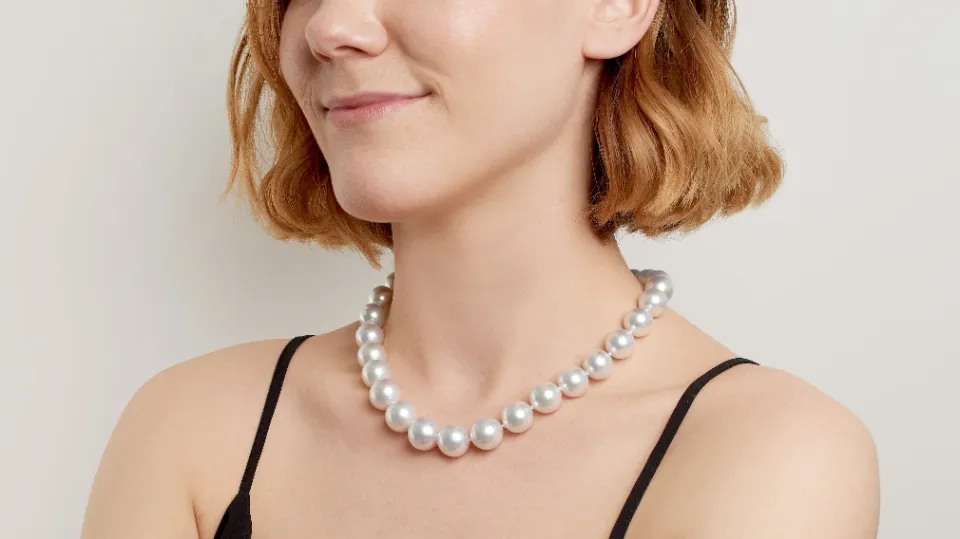
A real pearl necklace is a beautiful and valuable piece of jewelry. There are a few things you can check for to see if the necklace is real.
Examine the pearls’ luster first. It is possible for fake pearls to look murky or lifeless, but real pearls will shine bright and iridescent.
Moreover, if two natural pearls rub together and produce a gritty sound, they are real.
The surface of each pearl should also be examined; genuine pearls frequently have flaws or tiny bumps that are absent from fakes. Get an expert jeweler to appraise your pearl necklace value and confirm its authenticity if you require any additional clarification.
Takeaway: How to Tell If Pearls Are Real
It’s important to remember that all the methods above cannot be used alone to reach a conclusive judgment on whether or not a pearl is real. To identify phony pearls, it’s always helpful to combine multiple of these techniques.
For more definitive results, advanced tests can also be carried out by having them examined in a gemological laboratory.
Generally speaking, you should purchase pearl jewelry from respectable jewelers and pearl experts. It should be made clear to you by your retailers whether the pearls you are purchasing are genuine or not.
FAQs
How Do You Identify a Natural Pearl?
Real pearls feel natural and have a distinct pearl sheen. The pearl ought to possess a faint overtone and a brilliant, deep, and sharp luster.
How Much Are Real Pearls Worth?
The price of a pearl now averages between $300-1,500.
Are Real Pearls Yellow Or White?
The most familiar colors are white and cream (a light yellowish brown).

